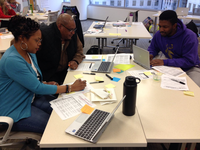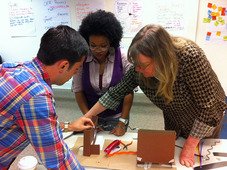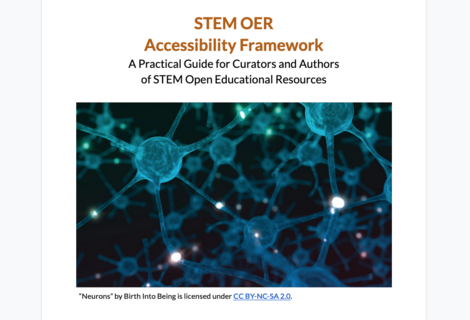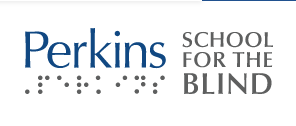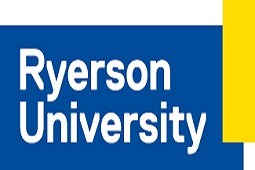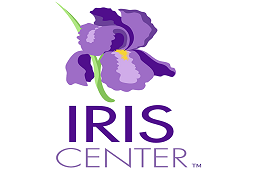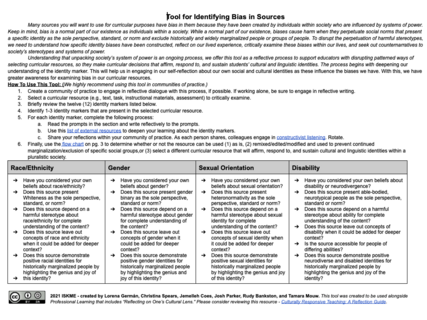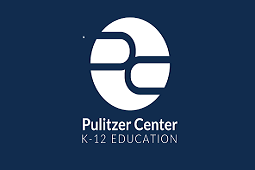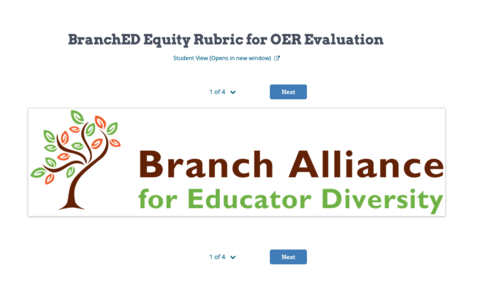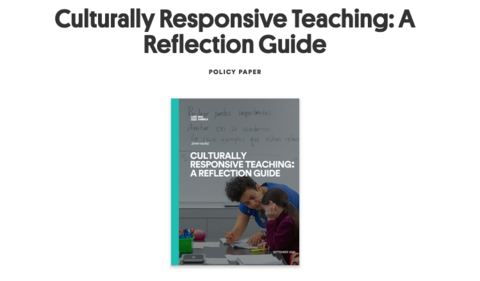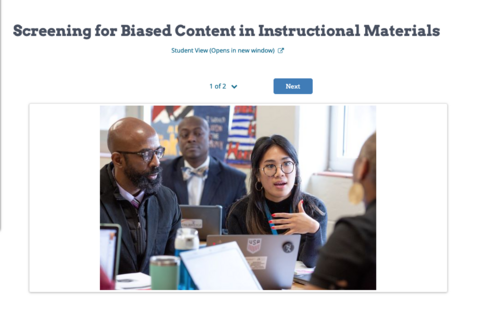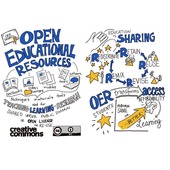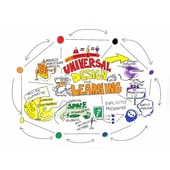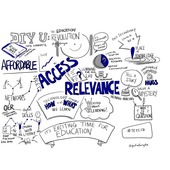STEM OER Accessibility Framework and Guide
This guidebook was created by ISKME, in partnership with the Science Education Resource Center (SERC) at Carleton College. The document provides a practical reference for curators and authors of STEM OER, and contains 23 accessibility criteria, or elements, to reference as they curate, design and adapt materials to be accessible for STEM learners.
The primary audience of this resource is STEM postsecondary faculty, instructional designers, and others responsible for course design and pedagogy who seek to:
Expand their knowledge about accessibility and ways to integrate it into their STEM curriculum and instruction
Design openly licensed STEM courses and course materials that support both access and use by learners
Curate existing STEM content that expands upon traditional textbooks and courseware to address variability in learning
Identify and add meaningful keywords, or tags, to the STEM OER they create, so that their OER can be more easily discovered across platforms
Professional learning teams on campus are also encouraged to use this framework as part of training to facilitate integration of accessibility concepts into STEM course design and pedagogy.
The framework and guide development was supported by a mini-grant program facilitated by Bates College and the SCORE-UBE Network (Sustainability Challenges for Open Resources to promote an Equitable Undergraduate Biology Education), with funding from The William and Flora Hewlett Foundation. The framework and guide were developed by ISKME and SERC with input from 21 STEM faculty members from across the United States, and in collaboration with the project’s Working Group of accessibility experts: Andrew Hasley and Hayley Orndorf, both with BioQUEST’s UDL Initiative and the Quantitative Undergraduate Biology Education and Synthesis (QUBES) Project; Hannah Davidson, Plymouth State University; and Cynthia Curry, National Center on Accessible Educational Materials (AEM)/CAST.

